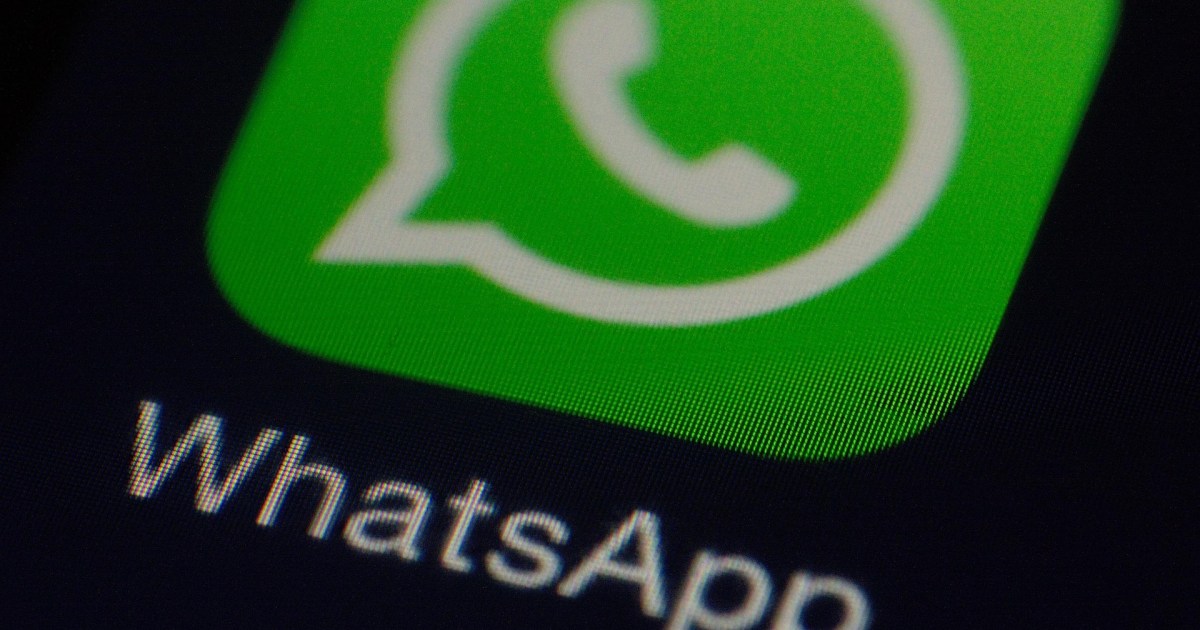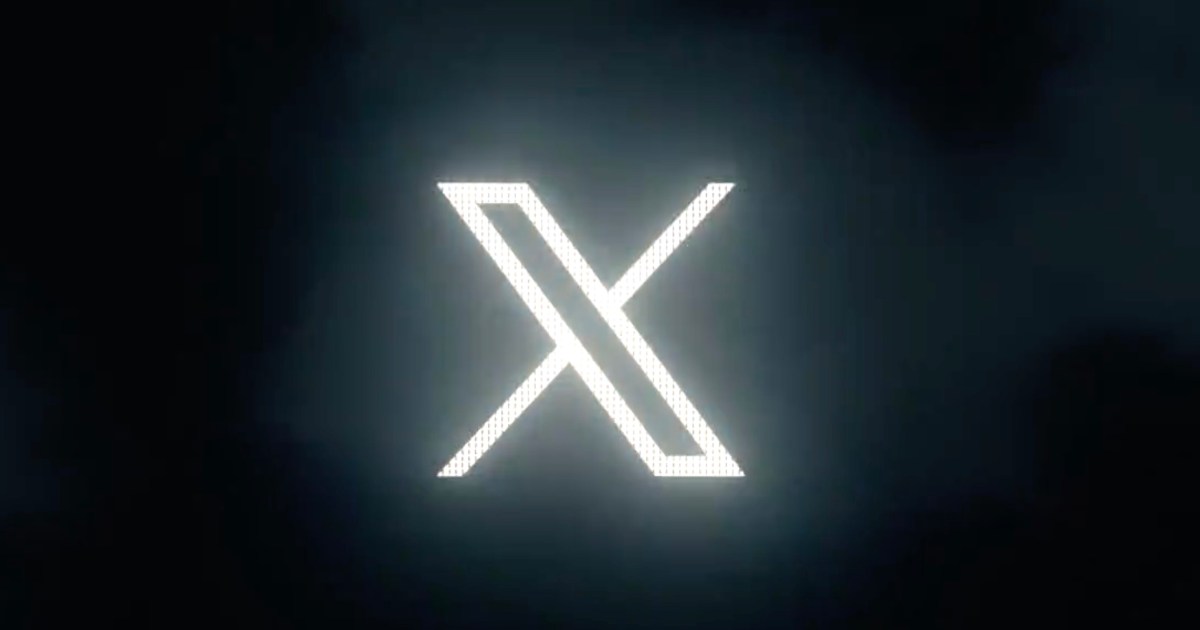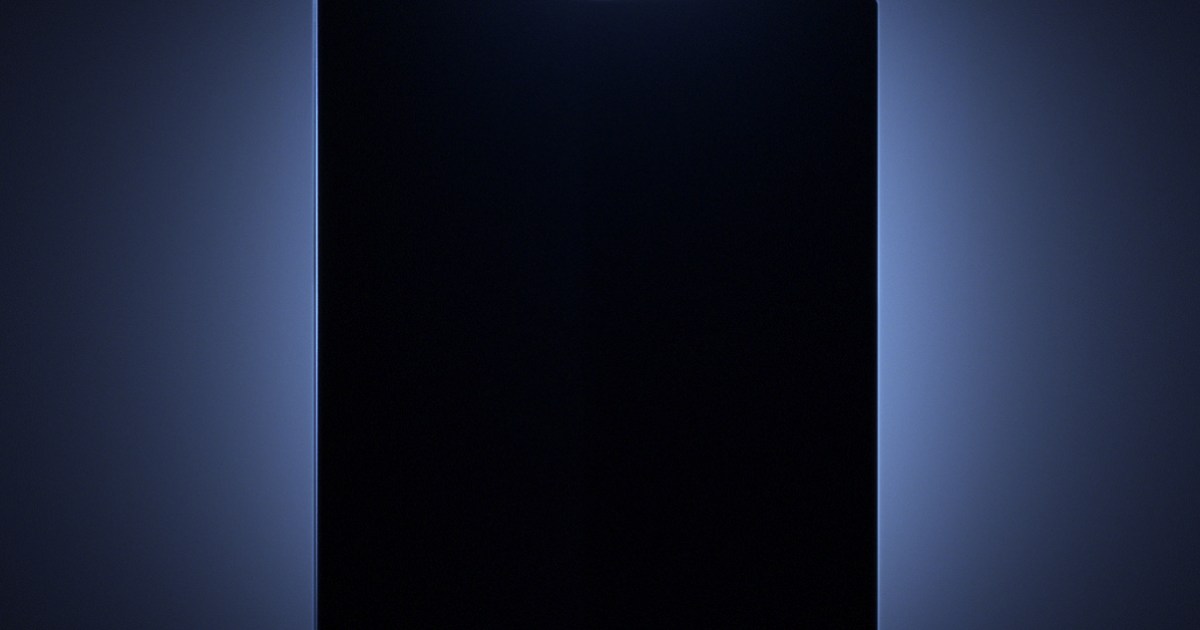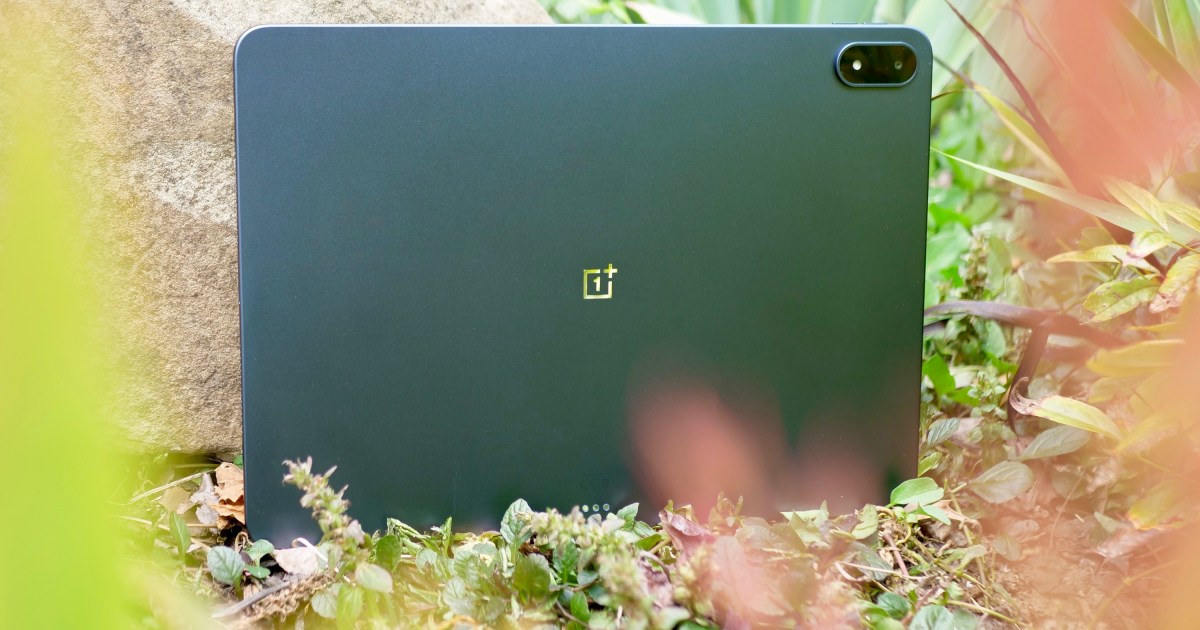A potential shift in Apple’s iOS naming convention, possibly from iOS 19 to iOS 26, might be announced at WWDC 2025. While this news could generate headlines, the actual impact of such an iOS version number change is minimal for most users. This explanation will clarify why this numerical adjustment is largely inconsequential.
Most Users Unlikely to Notice the iOS Version Shift
A significant portion of iPhone owners operate their devices without knowing the specific iOS version installed. Some may not even be aware that the operating system is called iOS. For these users, whose priorities are rightly focused on functionality, the software’s performance is paramount; the underlying version number is an afterthought. Apple facilitates this detachment by enabling automatic software updates, which can occur silently overnight or during charging, further distancing users from what many consider irrelevant operating system details.
Whether this lack of awareness stems from disinterest or simply not needing to know, the key point is that the assigned software number is often a mystery. Apple could theoretically jump from iOS 19 to an astronomically high number, and the practical effect on these users would be negligible.
 iPhone screen displaying an iOS software update notification, highlighting user indifference to version numbers.
iPhone screen displaying an iOS software update notification, highlighting user indifference to version numbers.
Should mainstream media highlight a numerical change post-WWDC 2025, it might be the first time many users even learn about the software’s naming and numbering system. It’s highly improbable that this alteration would cause them concern or change their device usage patterns. For the many iPhone owners currently unconcerned with software version numbers, a change from one digit to another will not alter their perspective. Expect a justified shrug if you mention iOS 19 or iOS 26 to someone in this category.
How Will an iOS Number Change Affect Tech Aficionados?
For those of us who do track iOS versions, including myself and likely you, how will a decision to rebrand iOS 19 as iOS 26 truly impact us? The answer is: it won’t, significantly. At most, it might irritate some purists who would prefer Apple label it iOS 25 to align with the release year, rather than the subsequent year—a method adopted by some automotive brands. If the aim was enhanced logical consistency in numbering, this approach arguably stumbles at the outset.
 Conceptual iOS 19 logo design, representing the discussed Apple software version.
Conceptual iOS 19 logo design, representing the discussed Apple software version.
As someone who frequently writes about iOS, typing “26” instead of “19” is hardly a significant inconvenience. It’s unlikely that iOS 26 will contain specific features exclusive to this new number that wouldn’t have been in the anticipated iOS 19. We will simply refer to the expected software features using a different numerical identifier. Seasoned tech enthusiasts, however, have witnessed similar naming quirks before and will likely remain unfazed by this potential iOS version number change for several reasons. [internal_links]
Prime among these is the fact that numbers in product names are often unmemorable and dull. Consider recent tech releases: Can you recall the exact model name of Sony’s latest headphones or Casio’s hybrid watch with a heart rate monitor without looking them up? It’s doubtful. Headphones and watches are notorious for their convoluted, number-heavy identifiers.
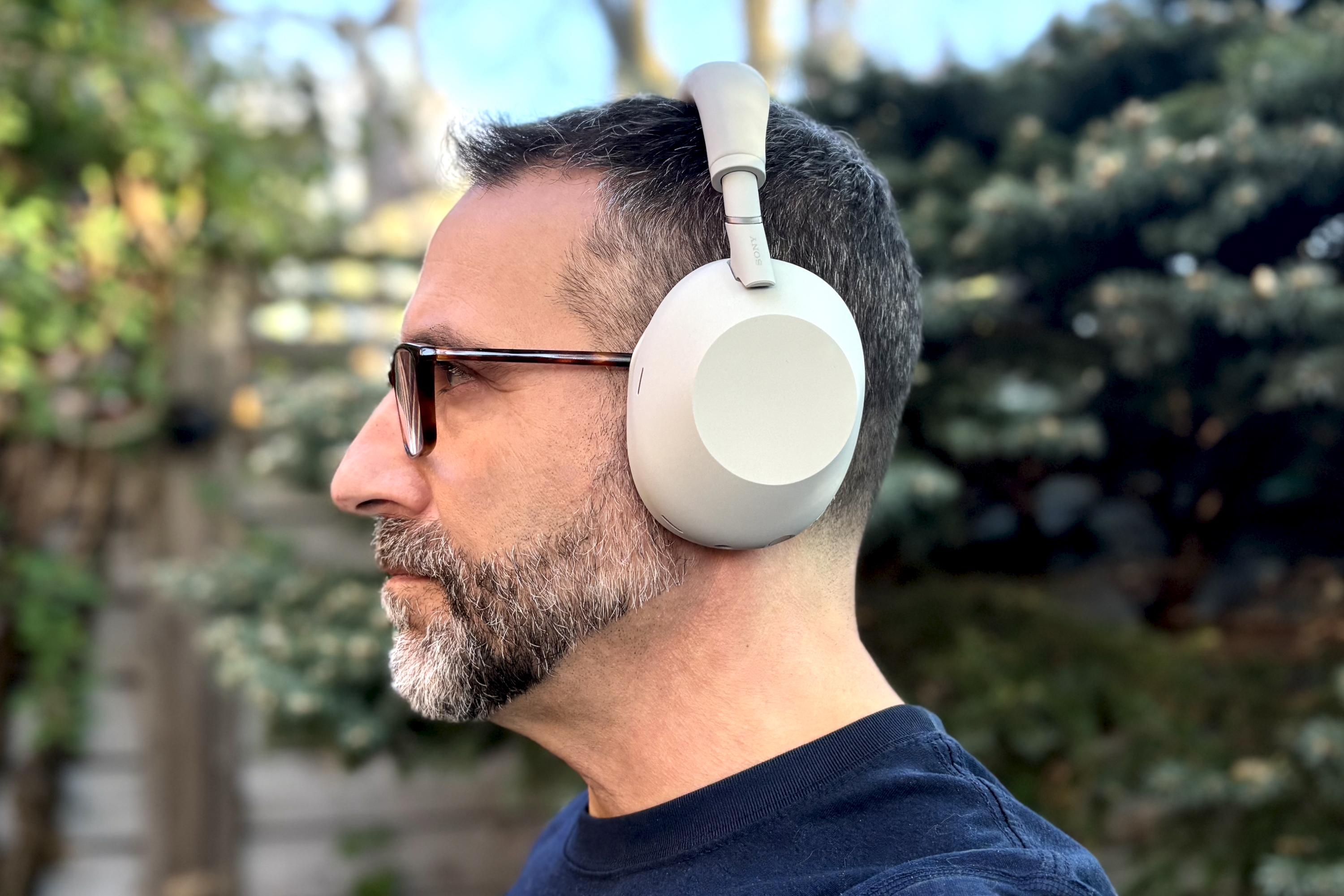 Sony WH-1000XM6 headphones, illustrating complex tech product numbering schemes.
Sony WH-1000XM6 headphones, illustrating complex tech product numbering schemes.
Even closer to the mobile sphere, Qualcomm’s “Snapdragon” brand, while catchy, has become muddled with model names like Snapdragon W5 Plus Gen 1 or Snapdragon 7s Gen 3. The core brand name works, but the extensive numerical and alphabetical suffixes often detract rather than clarify.
The Real Motivation: Who Is This iOS Rebranding For?
If a large segment of users is unaware of their iPhone’s software number, and tech-savvy individuals are largely indifferent to a change, while some in the tech community might find yet another number to remember tiresome, then who is this iOS version number change actually for?
The answer is likely marketing. Somewhere within Apple’s marketing department, there was probably frustration that the iOS number denoted its version rather than the year of its major feature release. The argument would be that aligning the number with the year (e.g., iOS 26 for features largely available through 2026) is neater. If rumors hold true, this perspective gained enough traction. One might even imagine the same proponents lobbying for the iPhone 17 to be rebranded as the iPhone 26.
 Speculative render of a future iPhone model, illustrating consistent Apple hardware naming conventions.
Speculative render of a future iPhone model, illustrating consistent Apple hardware naming conventions.
However, changing the iPhone’s hardware numbering so drastically would be a mistake. Mainstream consumers would question the disappearance of iPhones 17 through 25, eroding carefully cultivated brand and product recognition. Apple understands this. Non-tech-focused consumers anticipate the next iPhone, expecting it to be the iPhone 17. But an arbitrary change to the software version number can be made more safely because, in the grand scheme, fewer people will notice or care. Apple likely doesn’t expect you to care deeply either, which is why such a numerical leap is probable for software, not hardware.
Focus on Features, Not Figures
Ultimately, a potential shift from iOS 19 to iOS 26 is a superficial change unlikely to affect your daily iPhone experience. The core functionality, features, and user interface will be what define the update, not the number attached to it. Therefore, while the tech world discusses the semantics of versioning, users can confidently focus on the tangible improvements the next iOS iteration will bring, regardless of its numerical designation.




